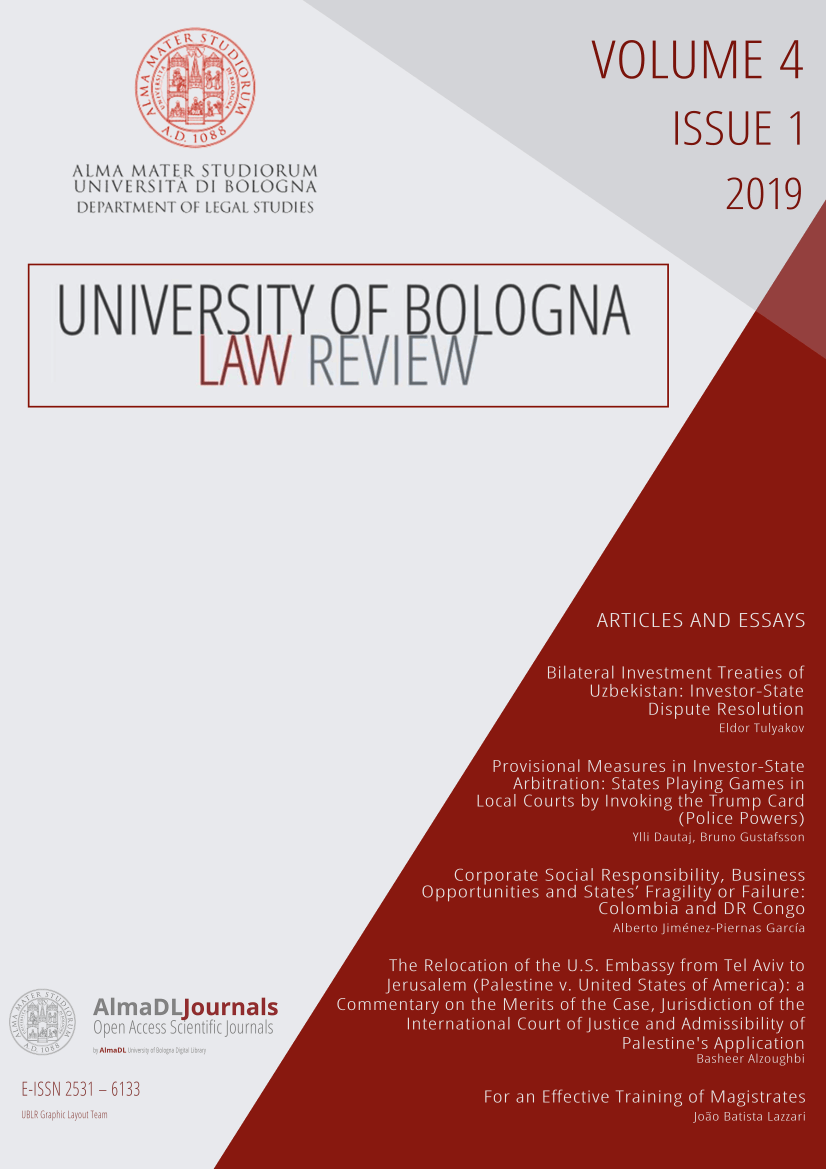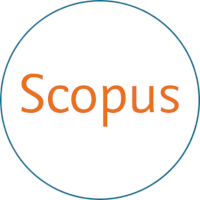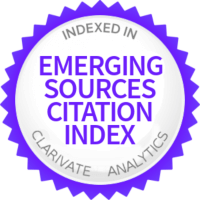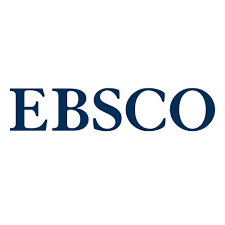The Relocation of the U.S. Embassy from Tel Aviv to Jerusalem (Palestine v. United States of America): a Commentary on the Merits of the Case, Jurisdiction of the International Court of Justice and Admissibility of Palestine's Application
DOI:
https://doi.org/10.6092/issn.2531-6133/9425Keywords:
Diplomatic Missions-Jerusalem, Sui Generis, Customary International Diplomatic Law, Monetary Gold Principle, Compulsory Settlement of DisputesAbstract
This paper examines the legal status and historical context of the city of Jerusalem, specifically addressing the prohibition on establishment or maintenance of diplomatic missions within the Holy City. This will be undertaken firstly by exploring Security Council resolution 478 of August 1980, and secondly through a discussion of State practice and opinio juris. This paper was inspired by the recent developments regarding the conduct of the United States of America, the Republics of Guatemala and Paraguay in relocating their embassies from Tel Aviv to Jerusalem in May 2018. Unlike the Republic of Paraguay, which subsequently restituted its embassy to Tel Aviv in September 2018, the United States of America and the Republic of Guatemala have hitherto maintained their embassies in Jerusalem. This paper adopts a comparative approach by drawing on the particularities of Southern Rhodesia (Zimbabwe), South West Africa (Namibia) and Kuwait. It gradually examines the crux of the matter regarding the merits of the case initiated by Palestine against the United States of America in September 2018: namely the customary international diplomatic law underpinning the prohibition on establishing embassies in Jerusalem under the Vienna Convention on Diplomatic Relations. It further explores equally important issues relating to questions of jurisdiction of the International Court of Justice and admissibility of the application.
Downloads
Downloads
Published
How to Cite
Issue
Section
License
Copyright (c) 2019 Basheer Alzoughbi
The copyright of all the manuscripts on this journal belongs to the respective authors.
This journal is licensed under a Creative Commons Attribution 4.0 International License (full legal code).
See also our Open Access Policy.












